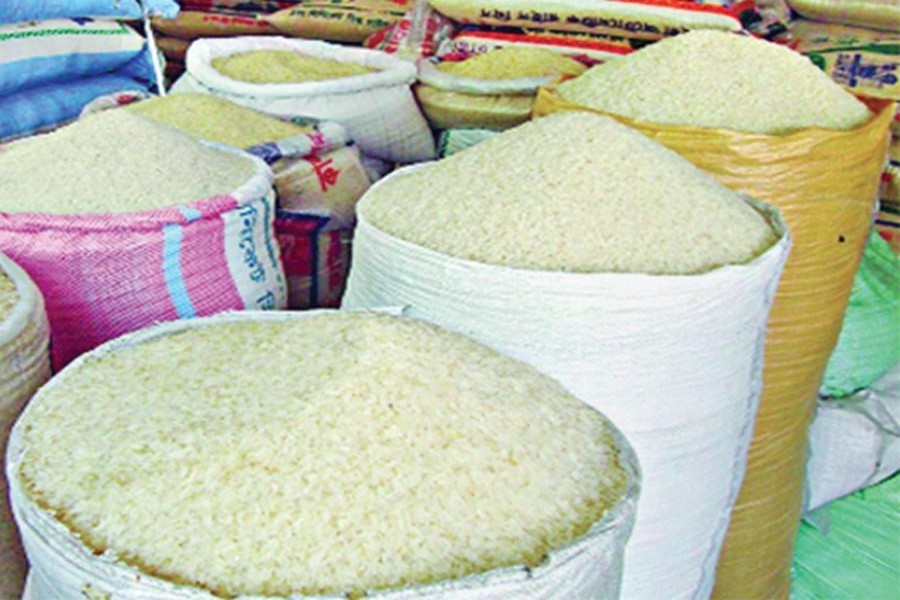At least four developments marked this year's Aman rice production season. They are: (a) bumper production, (b) lower paddy price at the growers' level and higher price of rice at the consumers' end, (c) failure on the part of the food directorate to meet procurement target and (d) declaration of 15 per cent cash incentive for rice exporters.
All concerned did expect a good harvest of Aman rice this year since weather was more or less fair during the last monsoon. The harvest did not disappoint them as it was a bumper one.
When the supply of any commodity is abundant, its prices will be, of course, on the lower range. Rice prices also cannot be any exception. For the past few years, growers have been complaining about lower paddy prices. In fact, the post-harvest market prices of paddy were not enough even to meet their cost of production.
The situation, however, is reverse as far as prices of milled rice at the retail level are concerned. The prices of most rice varieties have gone up.
Despite abundant supply and lower prices of paddy at the growers' level, the government's Aman rice procurement drive has faltered. Until the first week of the current month, according a report published in this paper, the Directorate General of Food could procure rice and paddy less than half the target. The procurement programme is scheduled to expire on February 28 next.
The failure to achieve the rice procurement target appears rather surprising. For the government has targeted to procure more paddy than rice and the price it is offering for paddy is almost twice the ruling market rate. The prices for milled rice (both atap and parboiled) the government is offering are also much higher than the cost at the rice millers' level.
The allegation that farmers do not have access to government's procurement drive is an old one. There is substance in the allegation, it seems. Why should not farmers sell their produce to the government when the latter is offering a price that is almost twice the market price?
Allegations have it that the food officials delay the procurement drive deliberately so that farmers are forced to sell their paddy to millers or their middlemen at lower prices. Besides, growers might also be failing to meet the requirements set by the official procurers of rice.
Under the circumstances, the government might have to redesign its procurement programme that is basically aimed at benefitting farmers, not millers or other middlemen.
Another issue--- 15 per cent cash incentive to rice exporters--- does deserve an unbiased scrutiny by the policymakers concerned. The expressed intention of the subsidy was to help raise the prices of paddy at the growers' level. But the ground reality is that Bangladesh is not yet ready to become an exporter of parboiled or atap rice.
The fact remains that Bangladesh cannot compete in the global rice market because of the disadvantage, in terms of price. The prices that the Bangladeshi traders offering are much higher than that of other rice exporters, including India, Thailand and Vietnam.
Many market analysts tend to believe that the cash incentive instead of making the country as rice exporter is contributing to the ongoing uptrend in rice prices at the retail level.
Overall, the prevailing situation as far as rice prices are concerned is confusing. The government does need to make an analysis of it and take remedial measures at the earliest.


